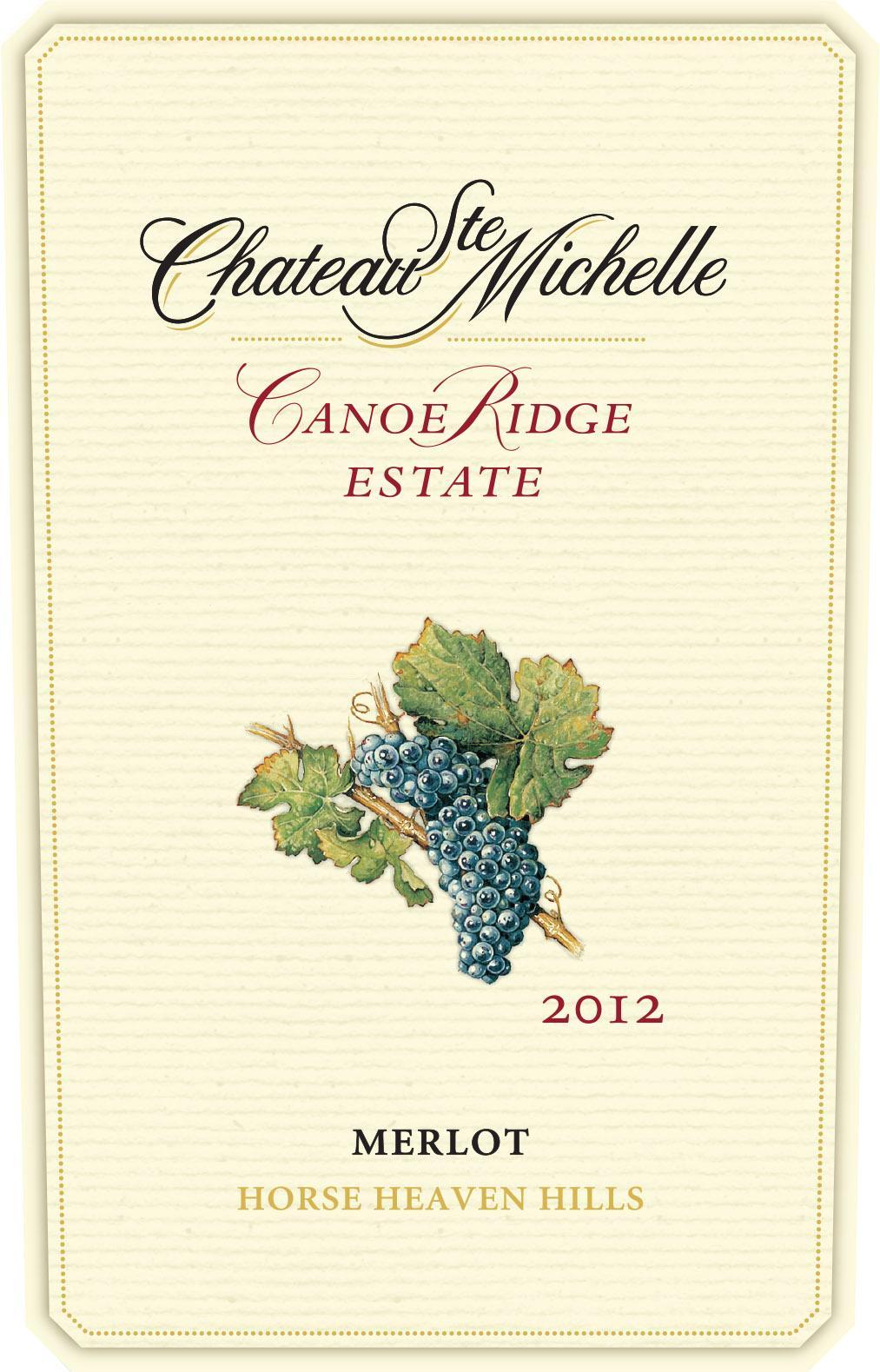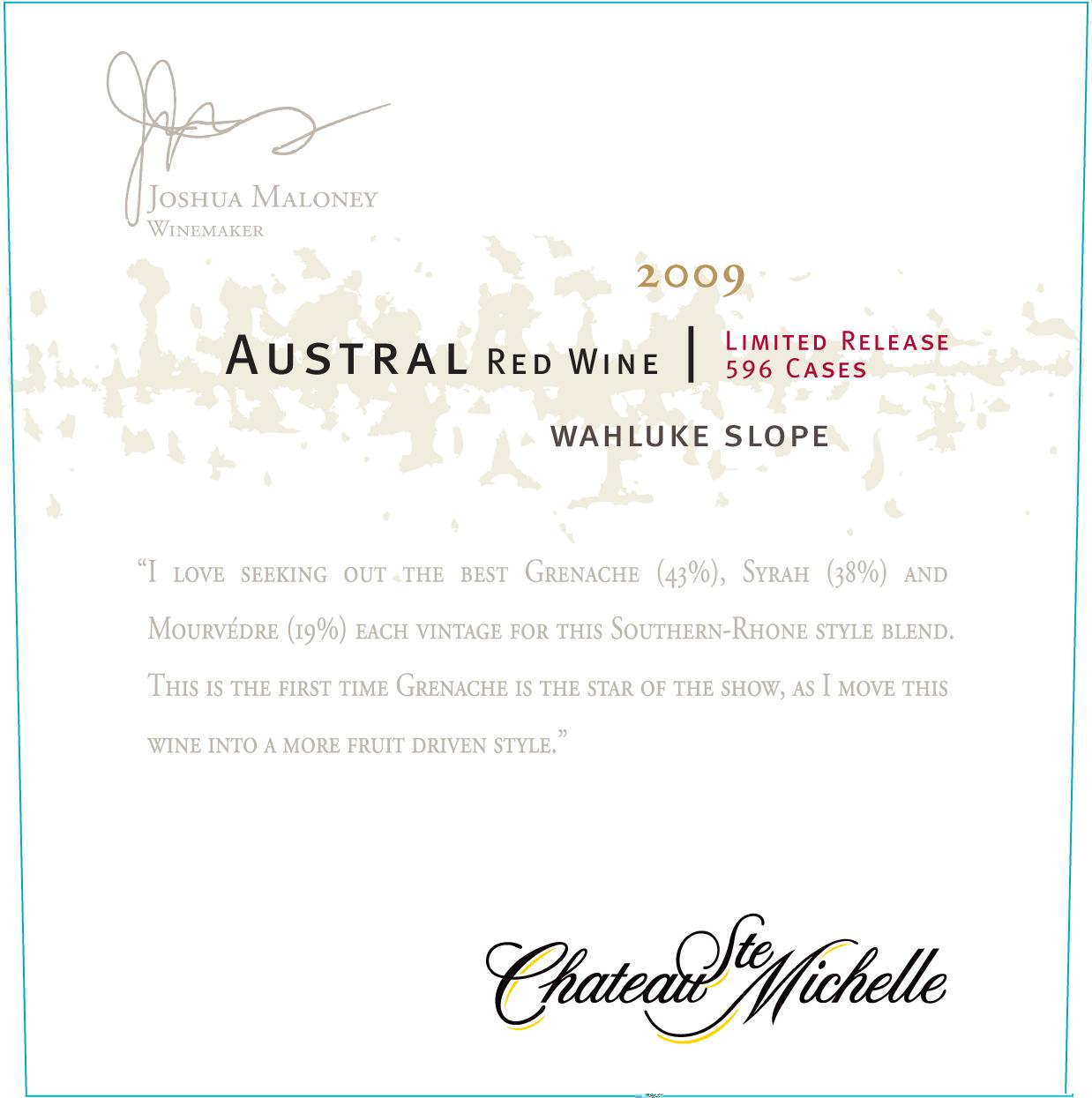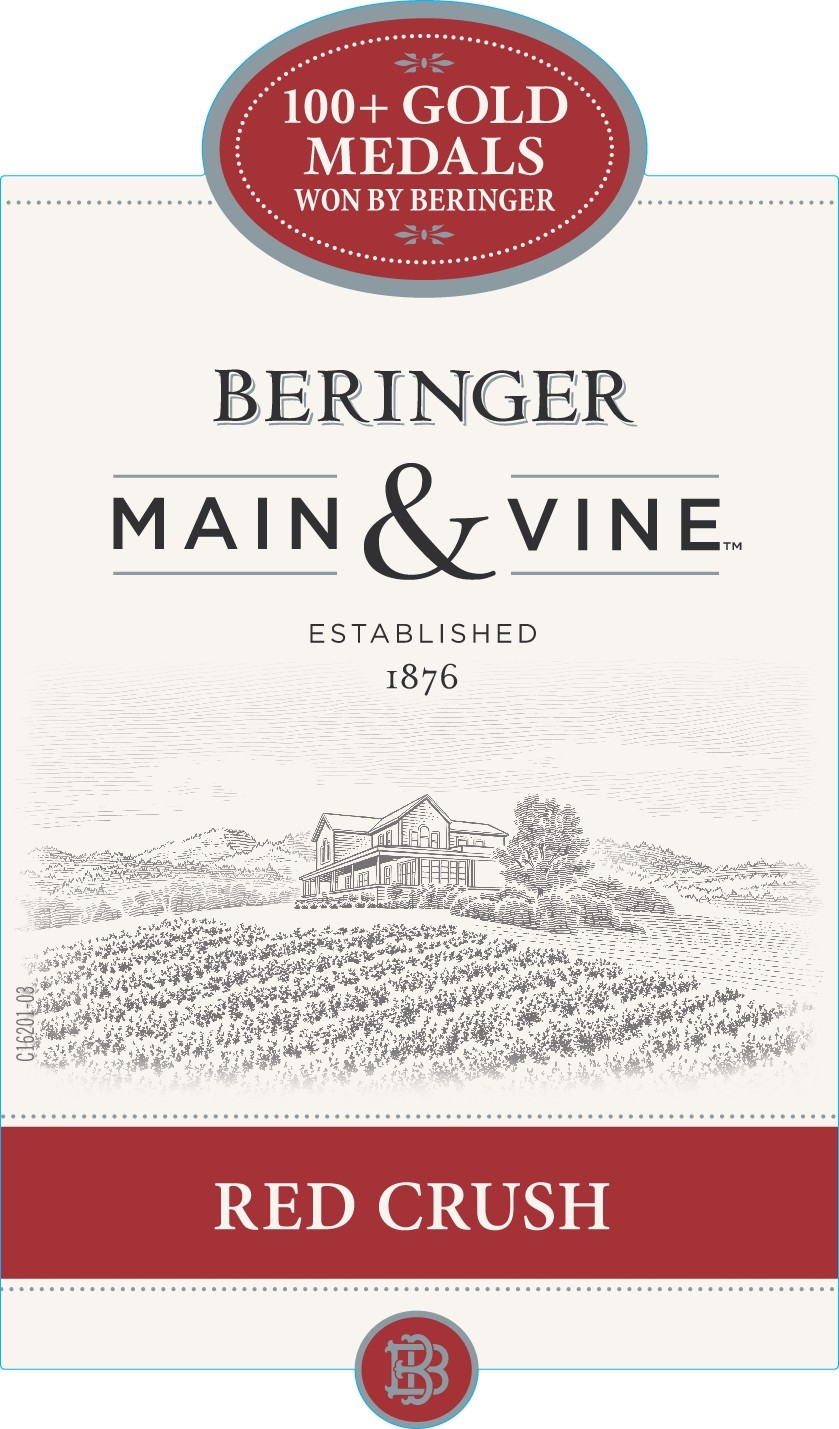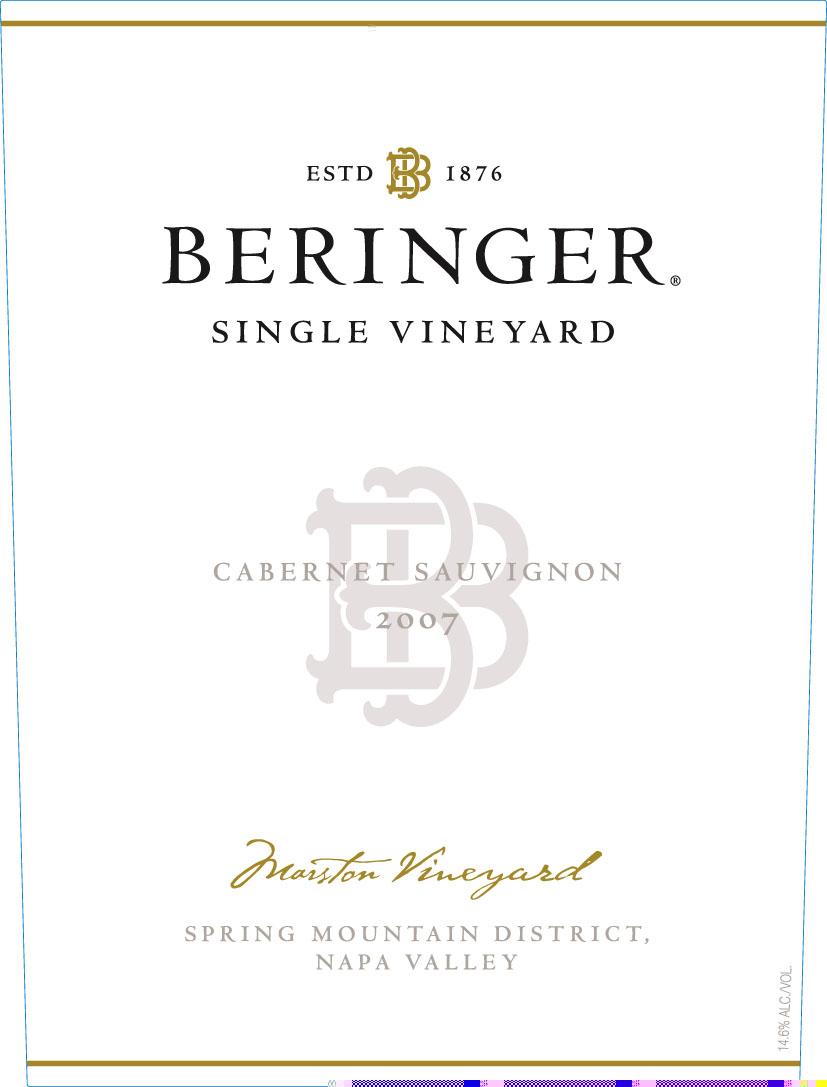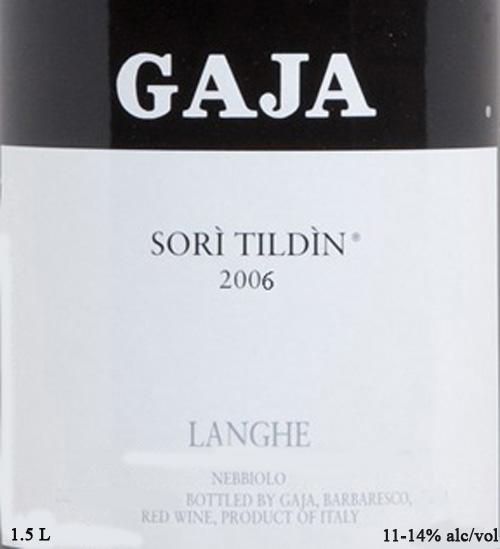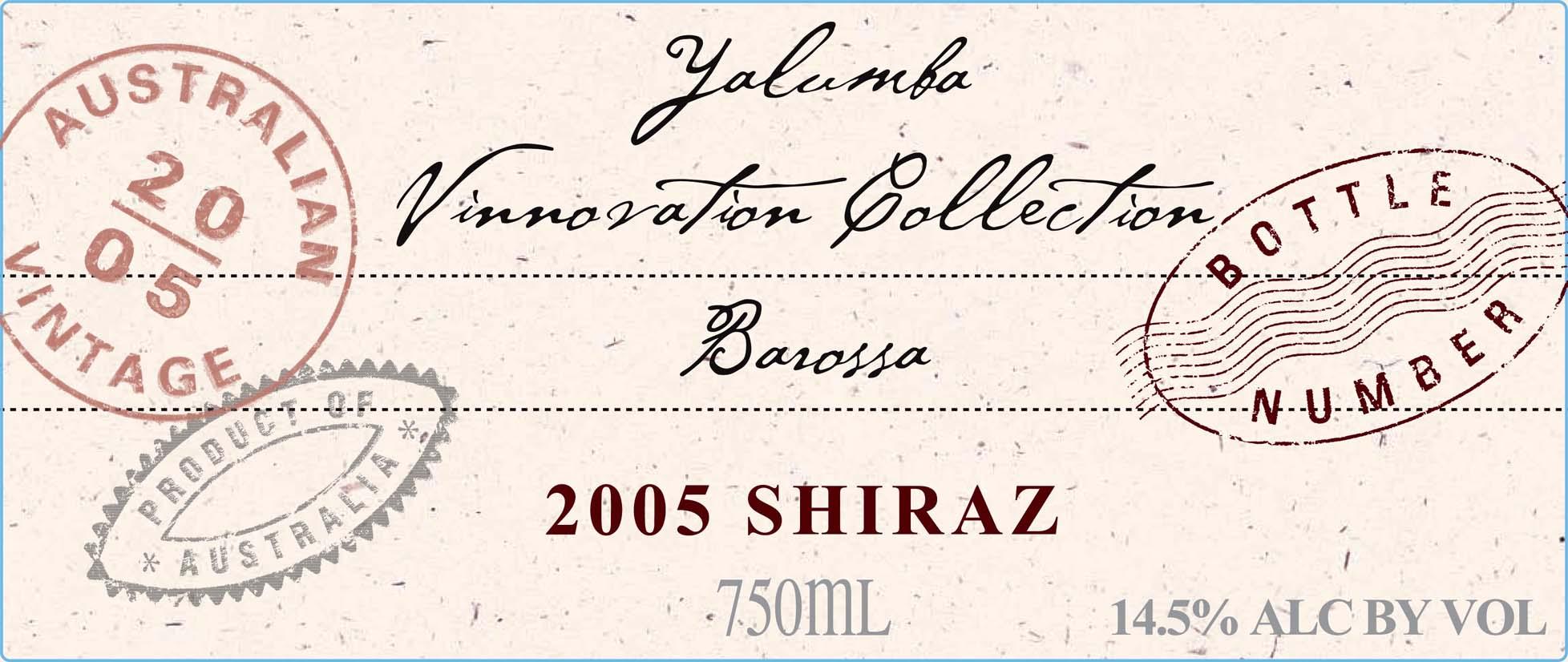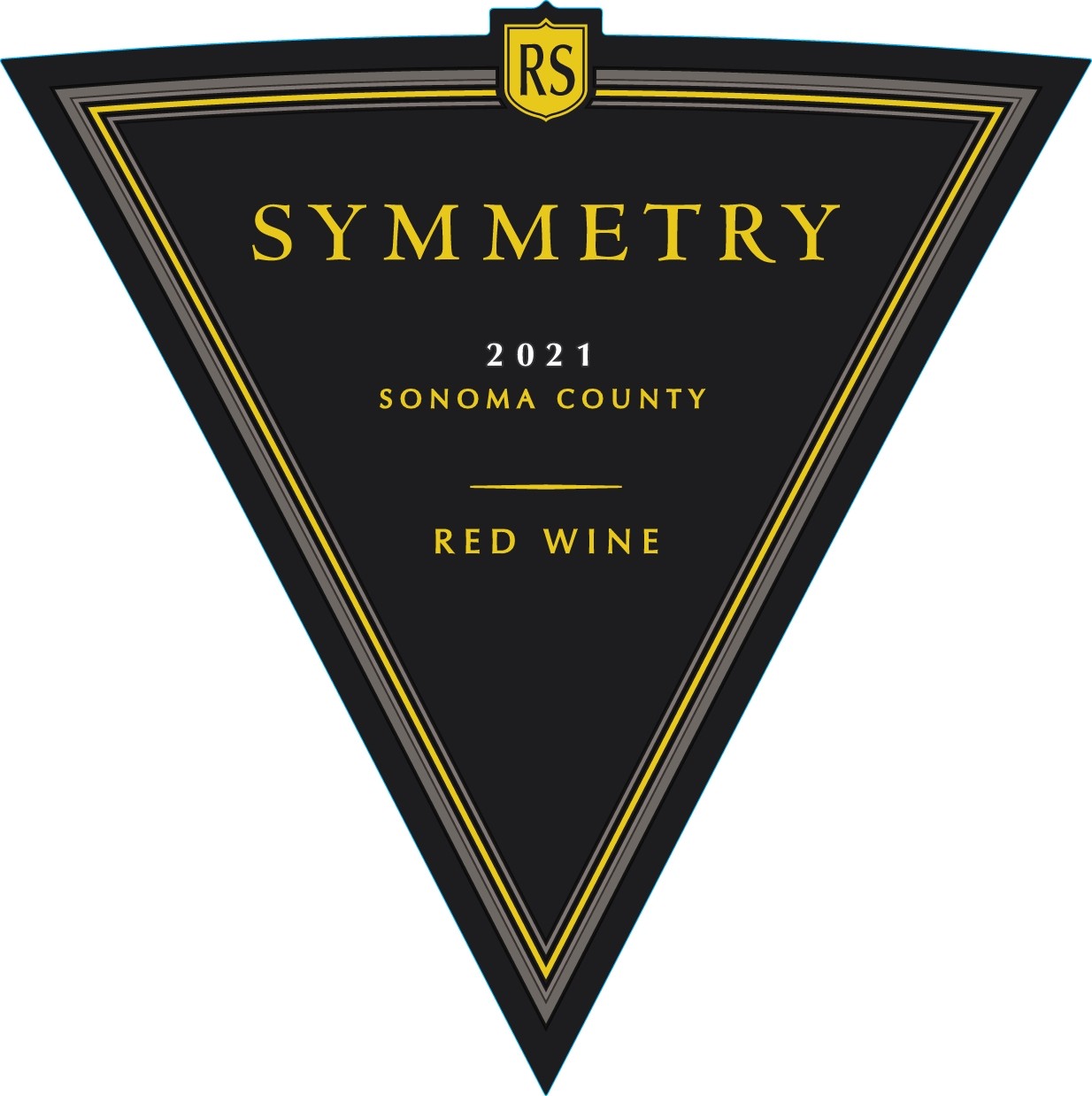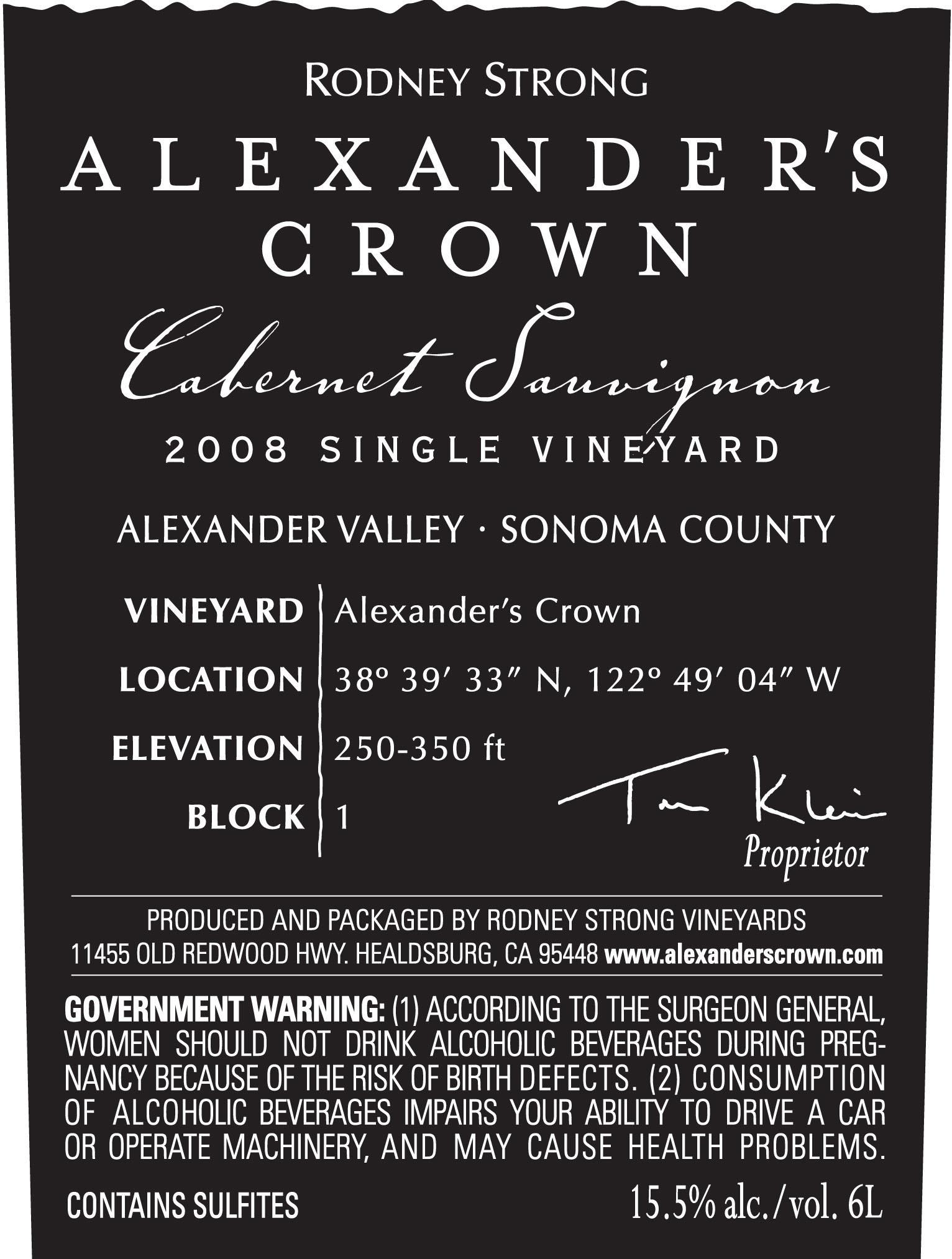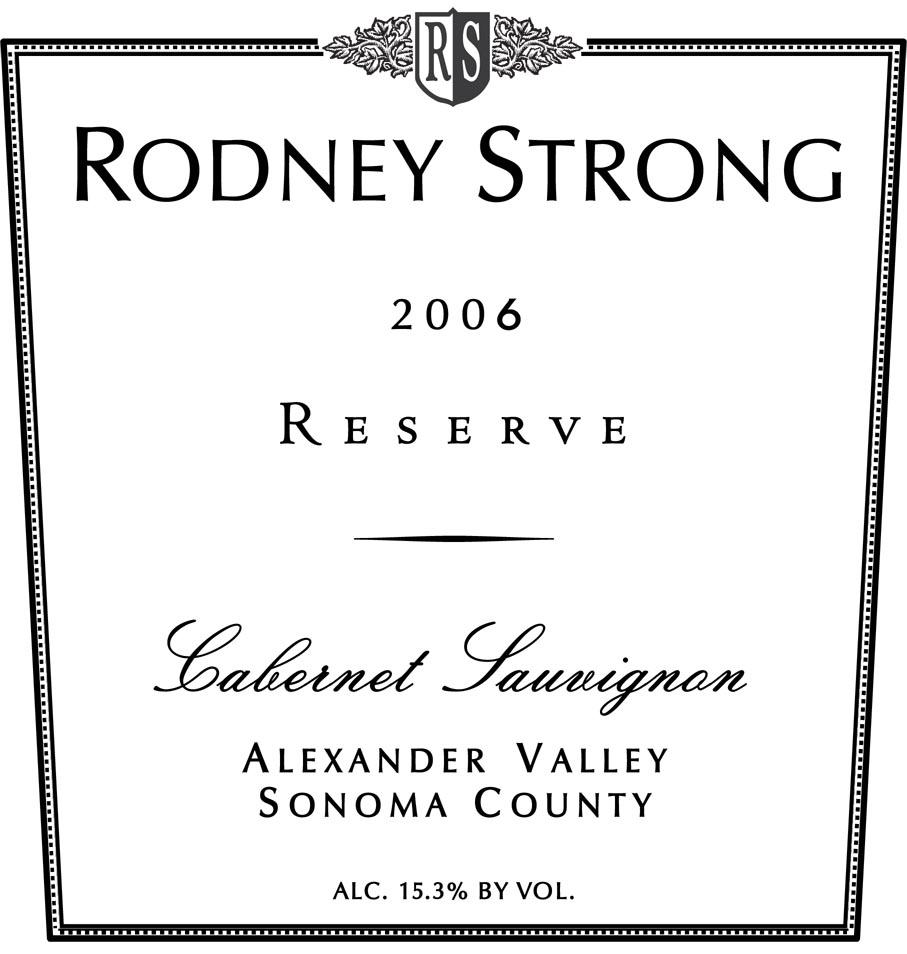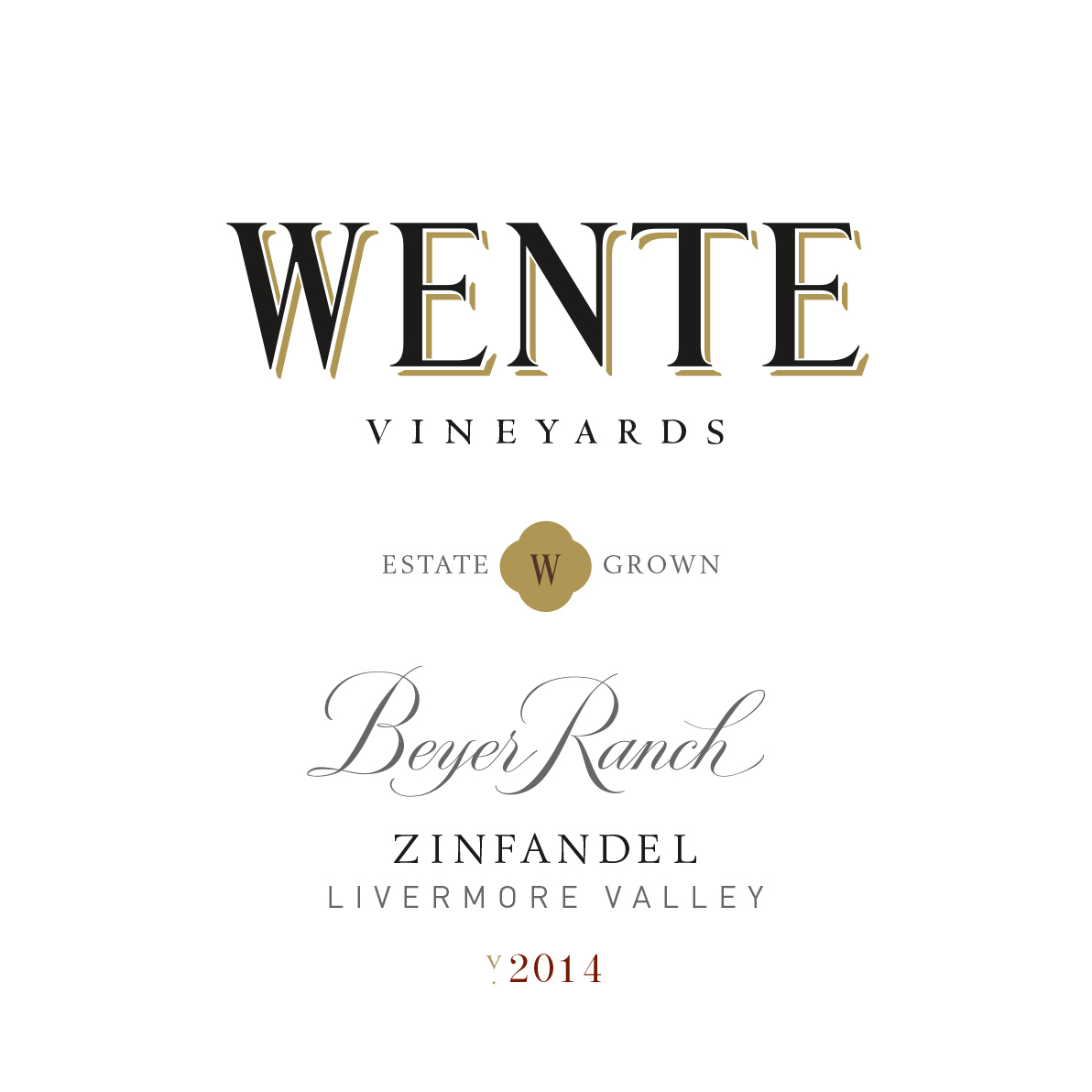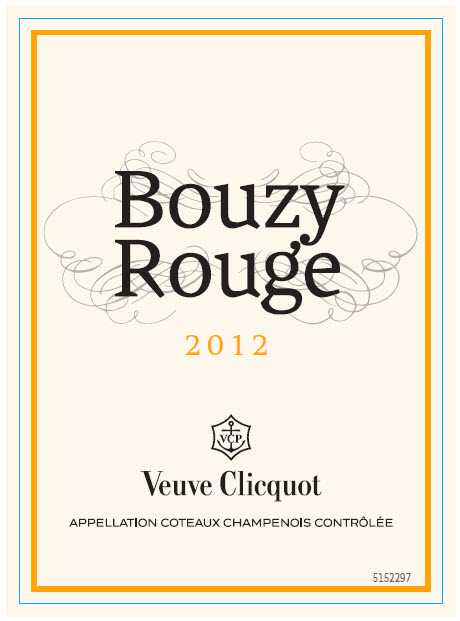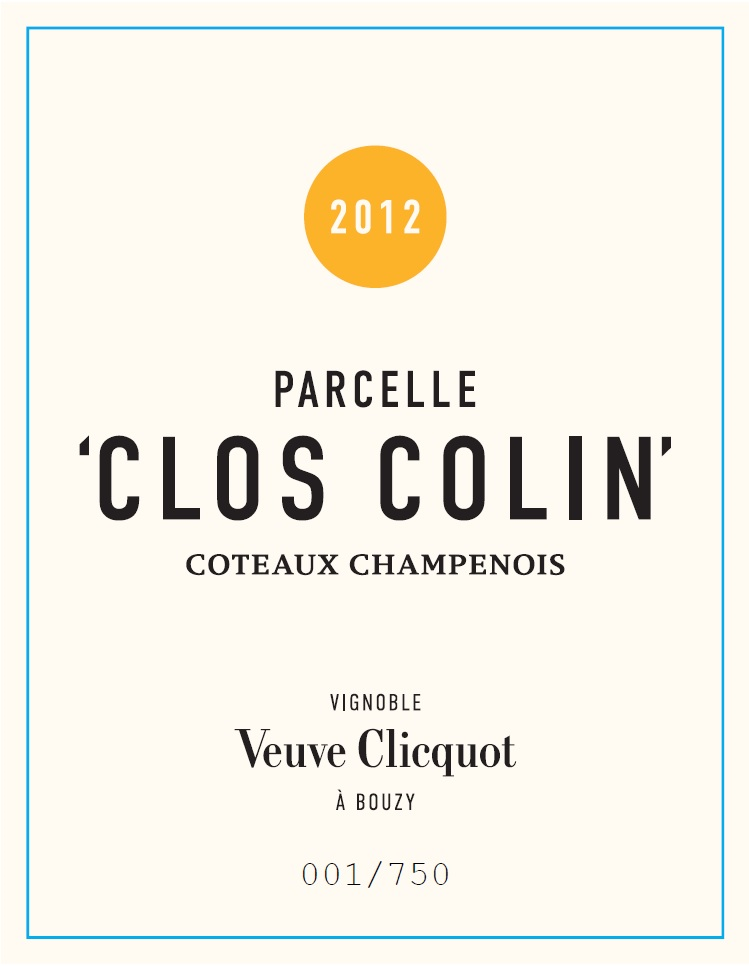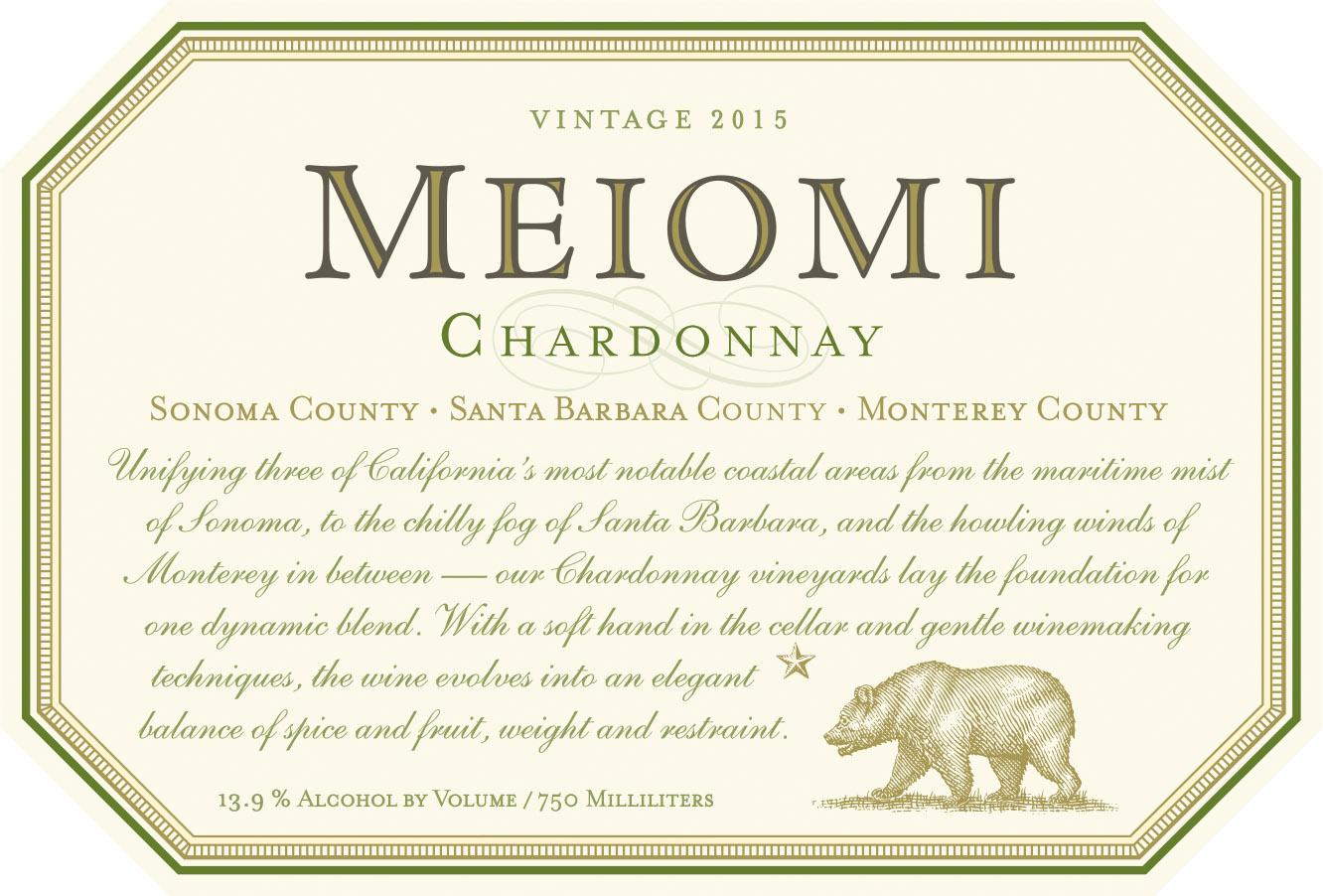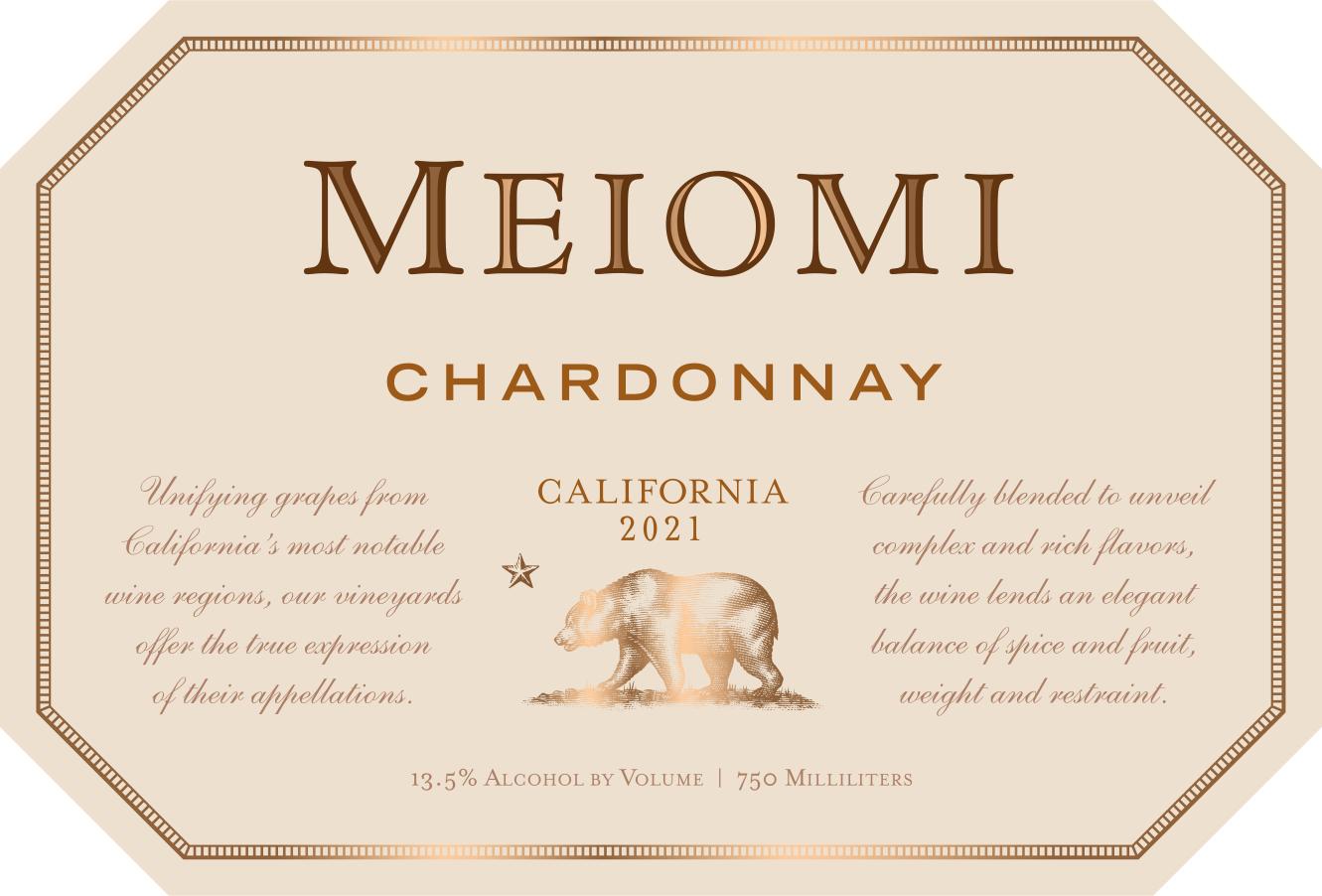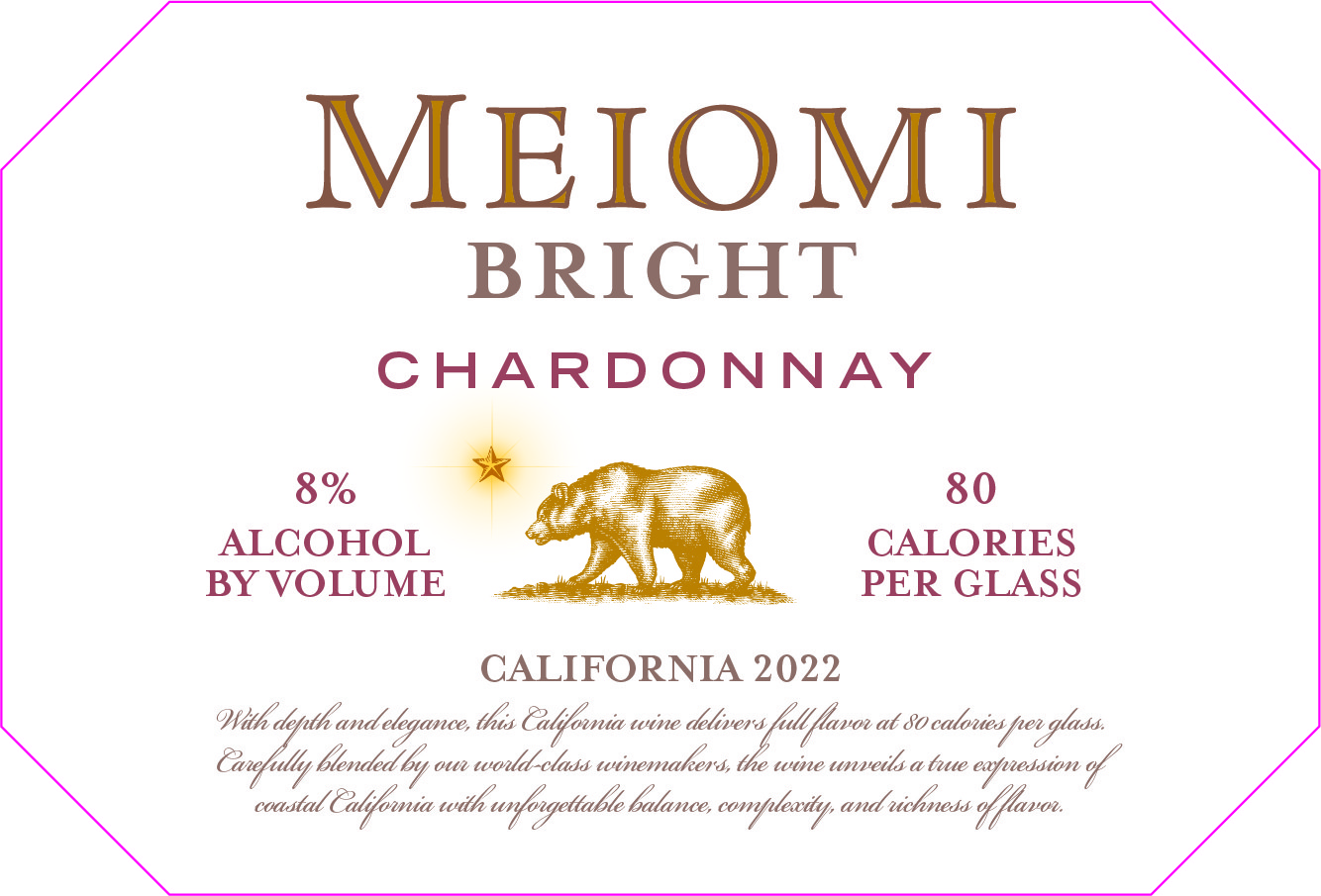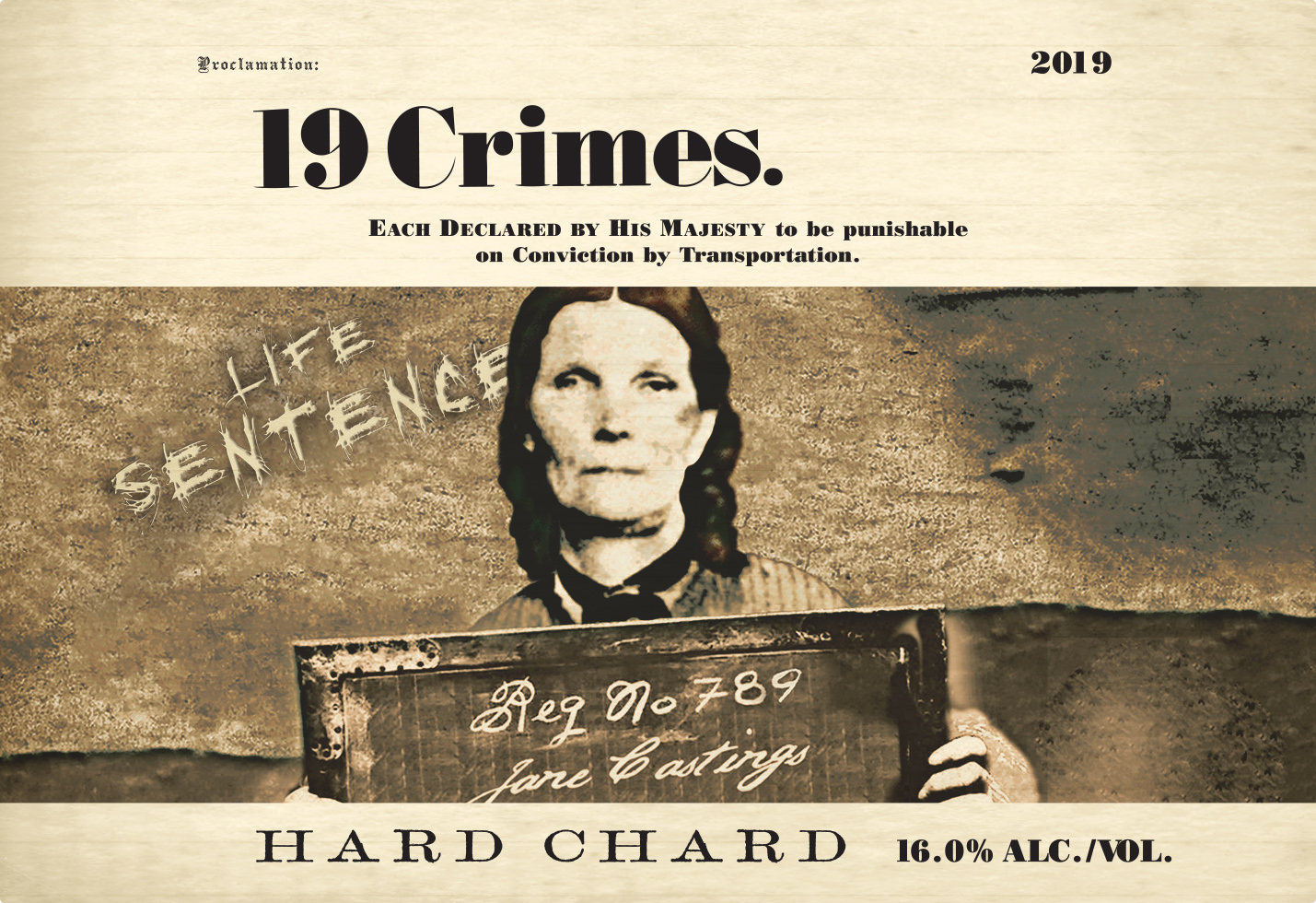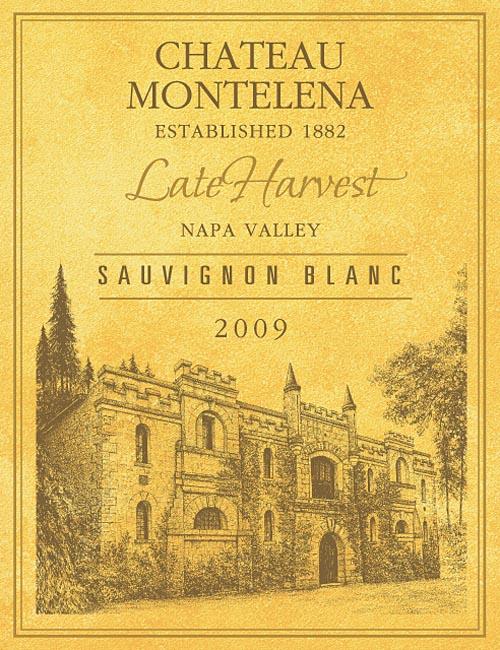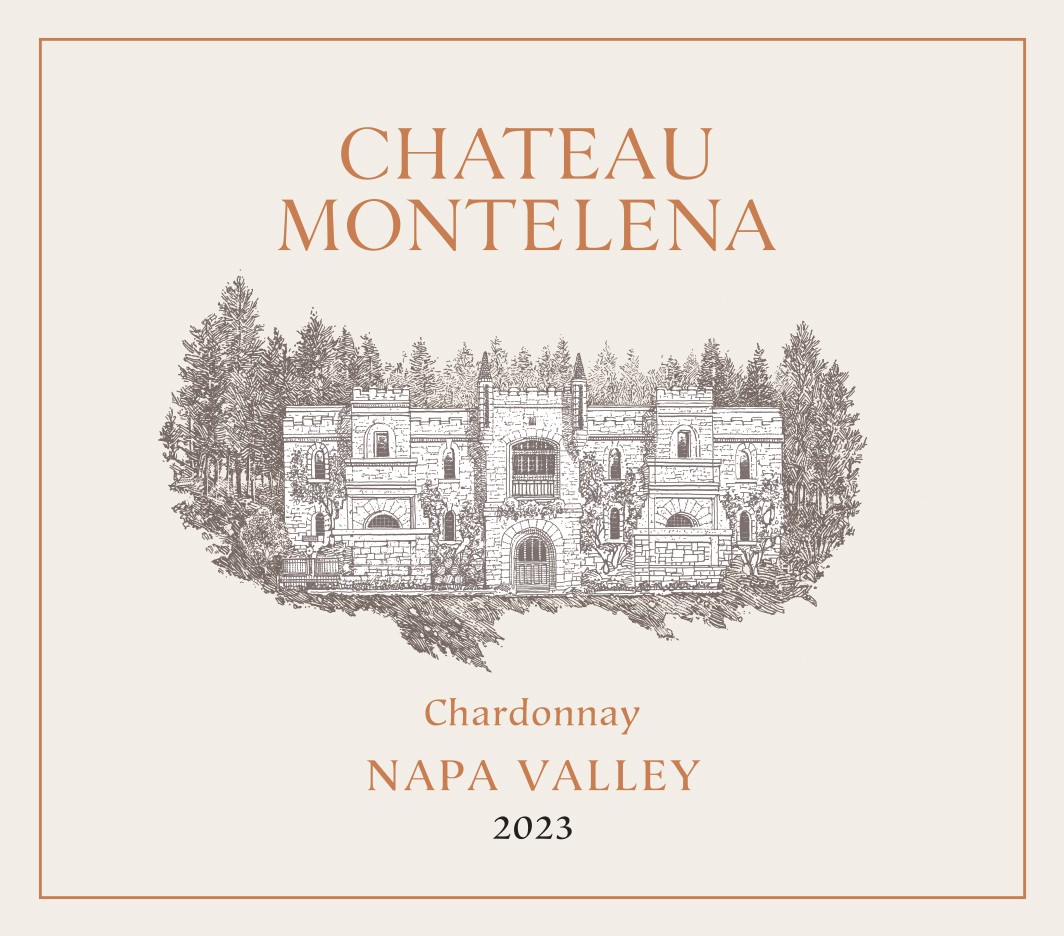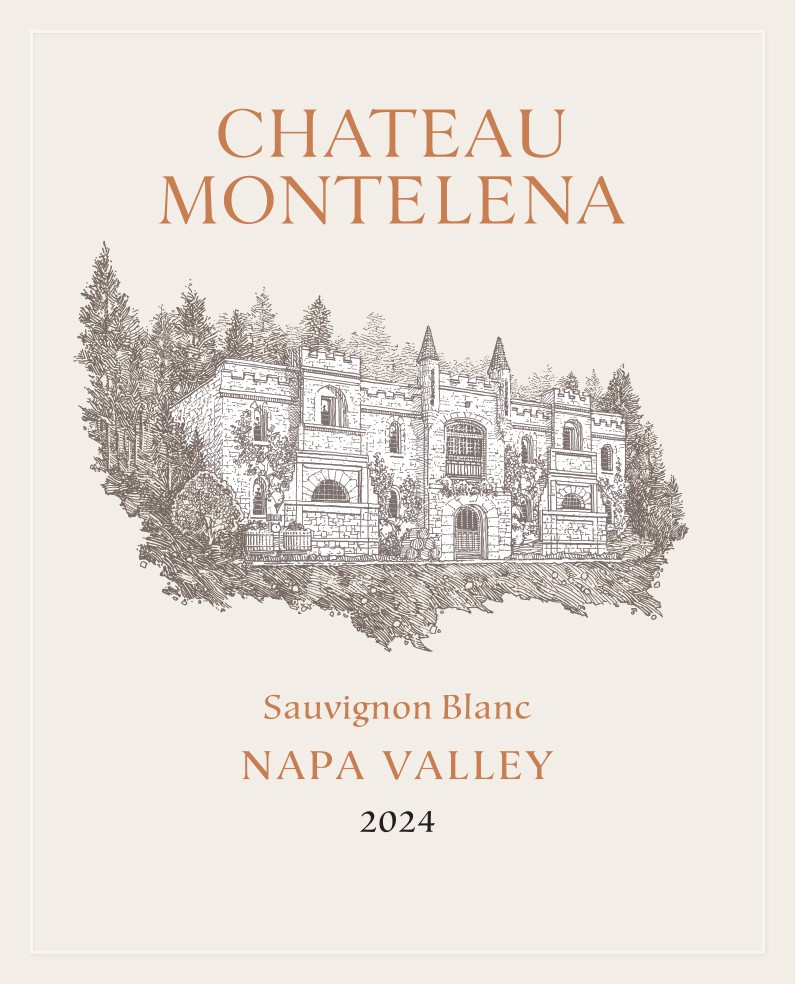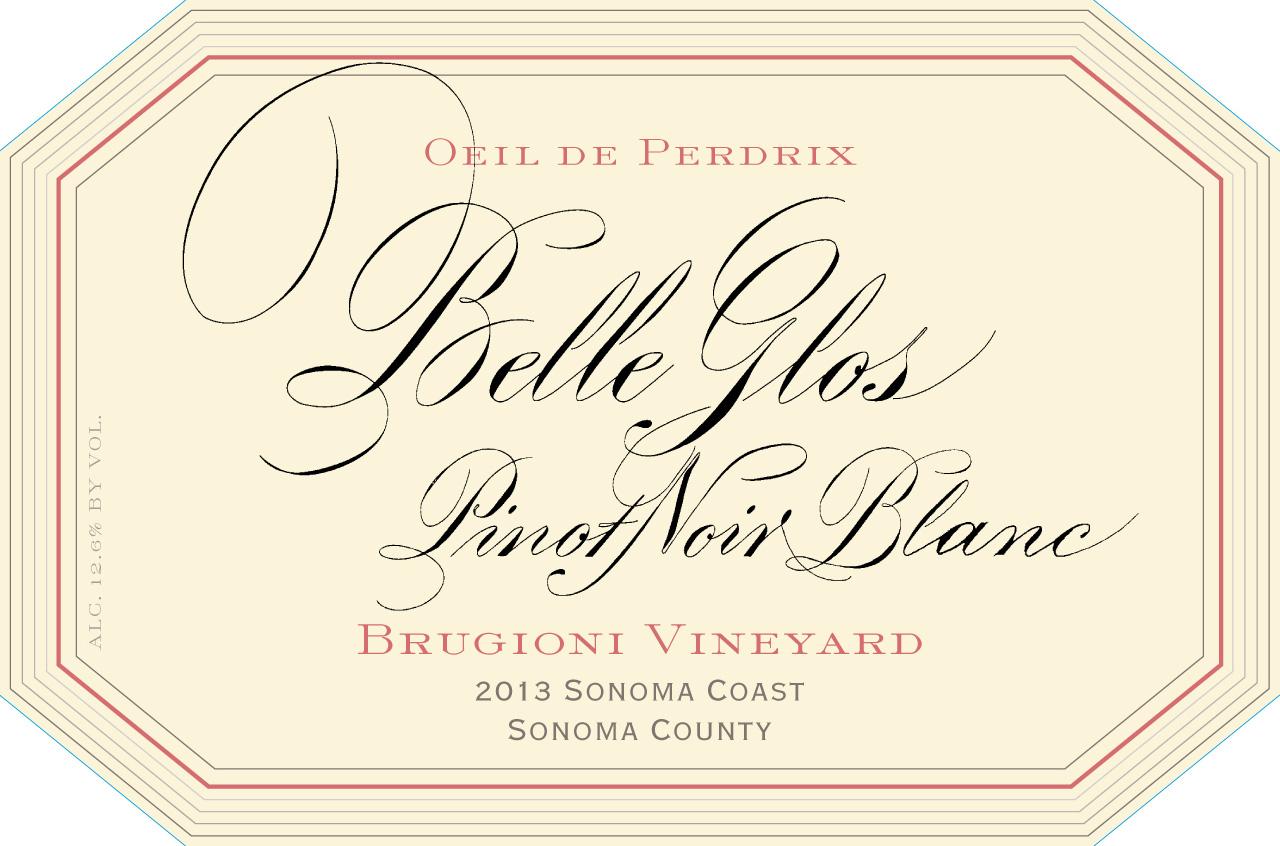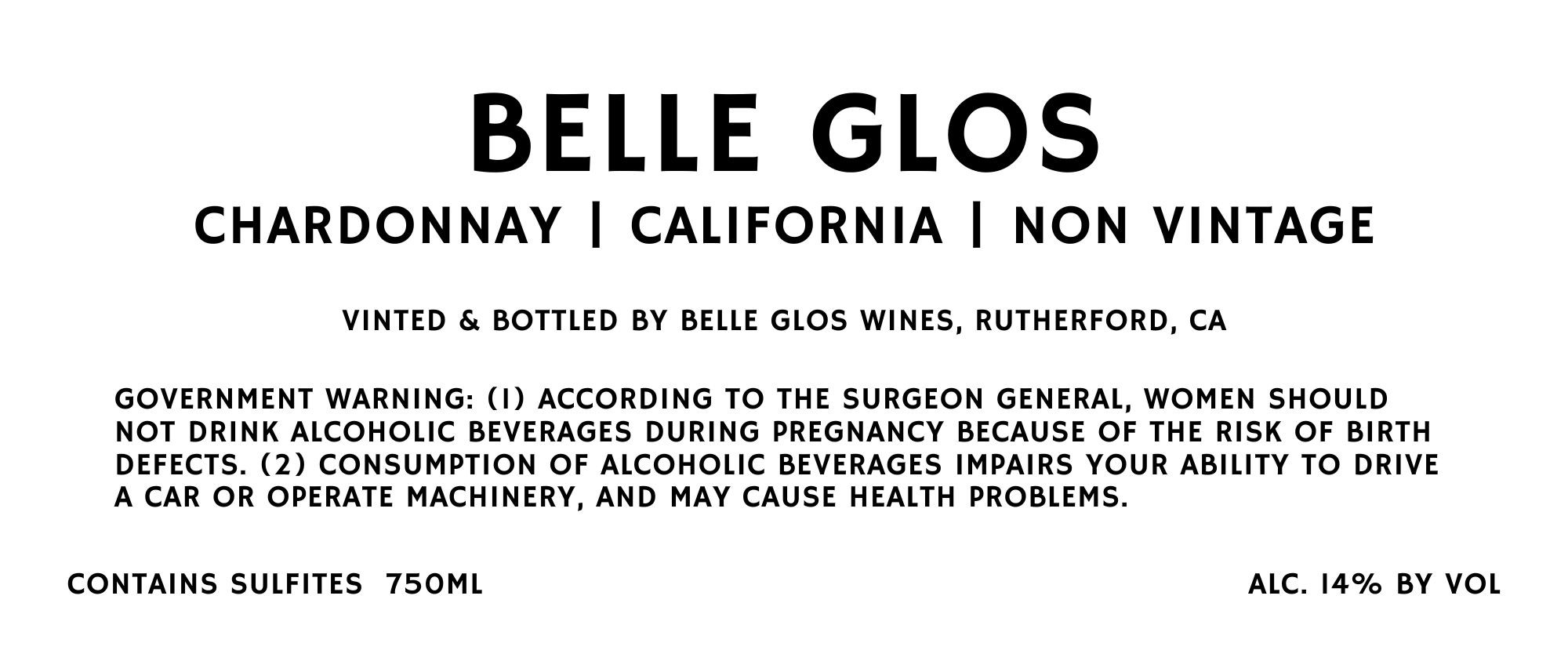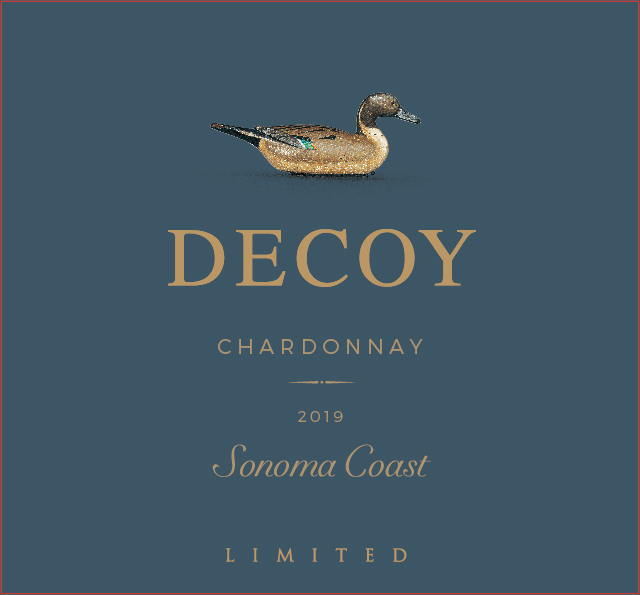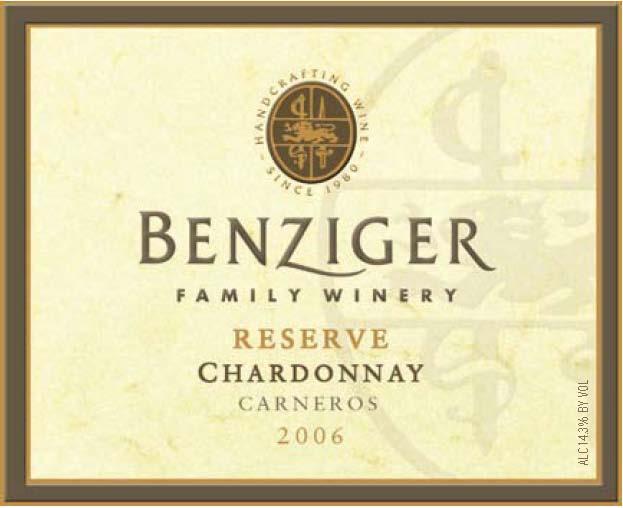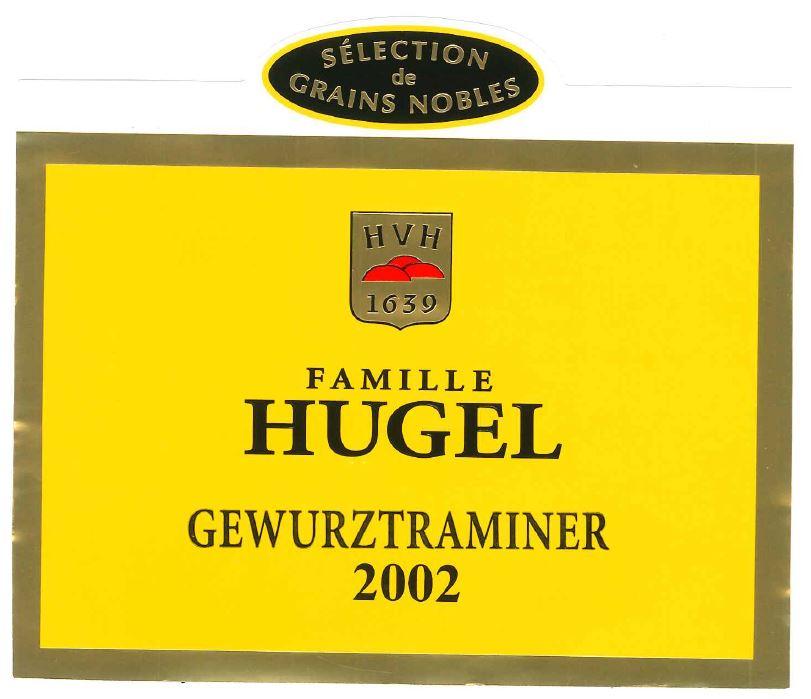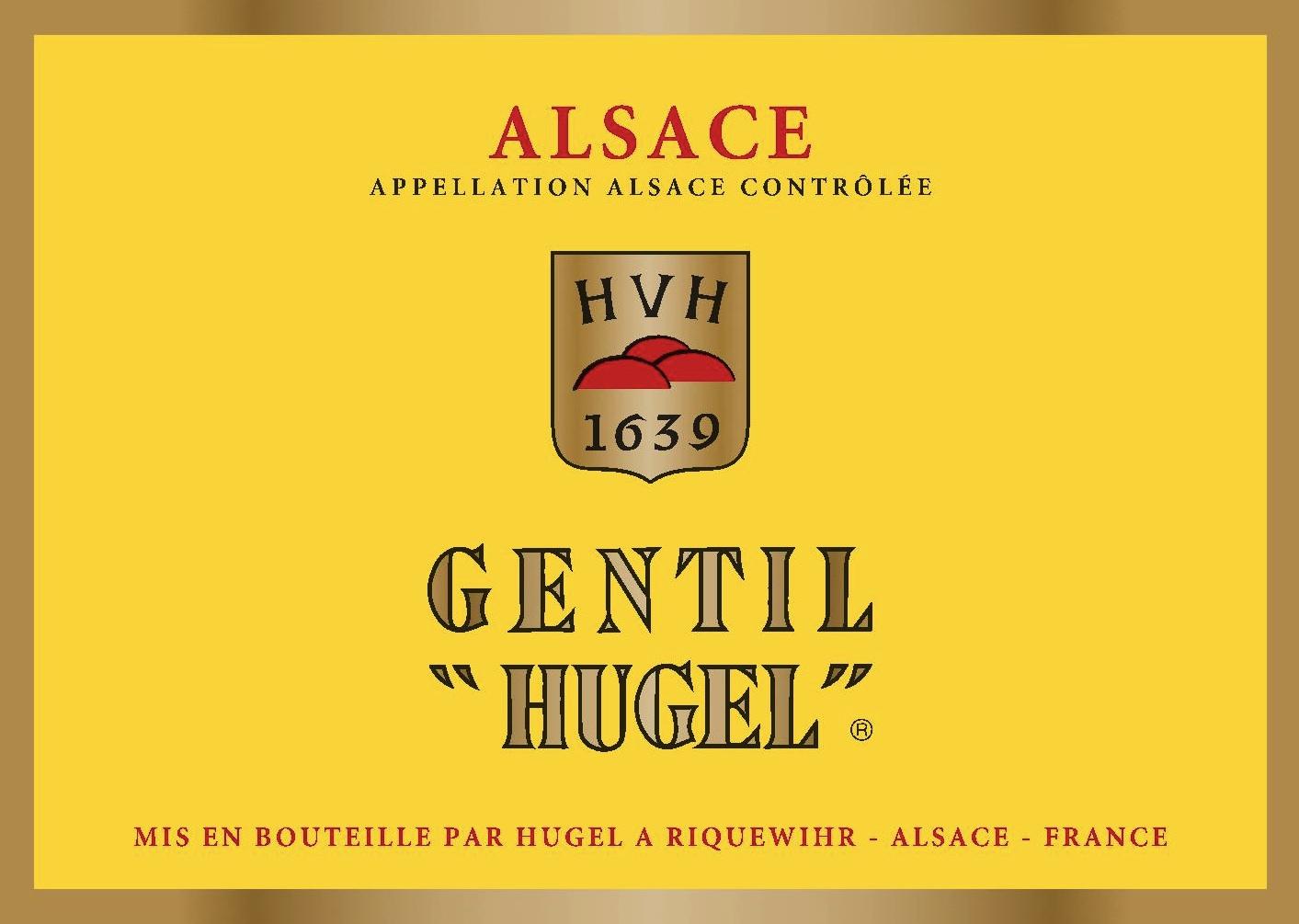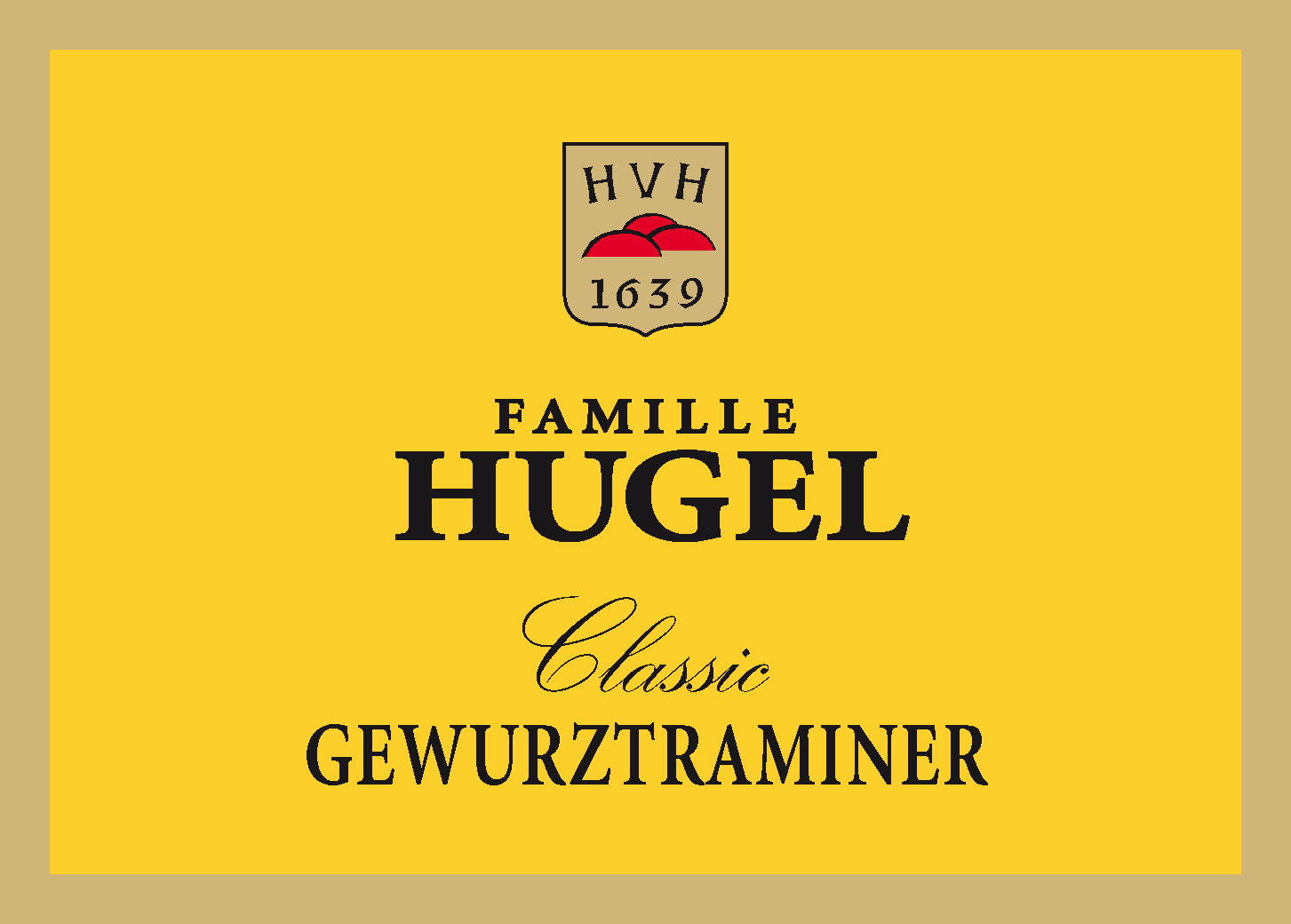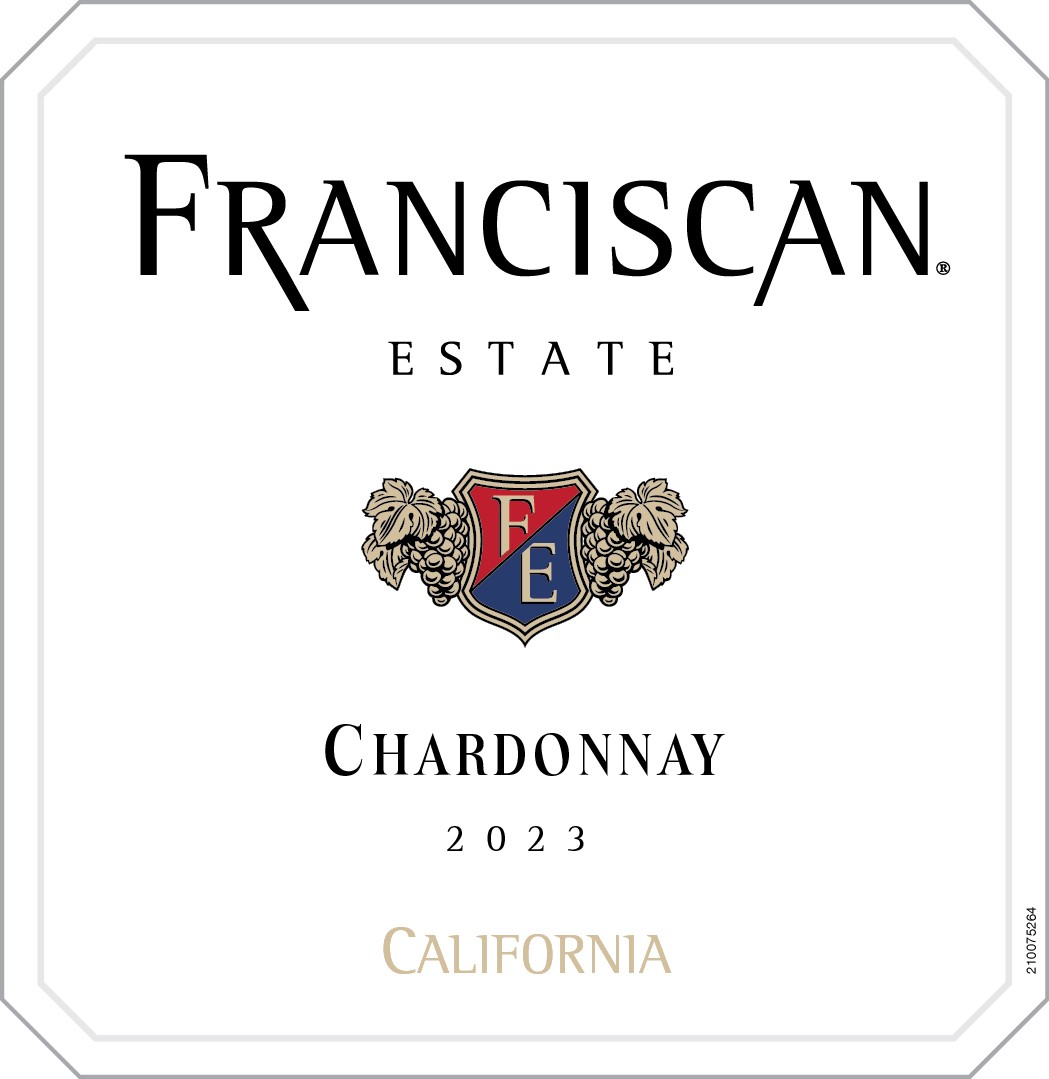Terroir of Barbera d’Asti DOCG
Barbera d’Asti's terroir is shaped by its varied landscapes and soils. Vineyards stretch over gently rolling to steeper hillsides, at elevations from 90 to 350 meters. Many of these hillsides face south or southwest, ensuring maximum sun exposure to aid grape ripening. The soils are a complex blend of calcareous-clay marls and sandstone with marine origins, enriched by patches of sandy loam or limestone on ridges, contributing to Barbera's rich depth.
The climate in Barbera d’Asti is mainly continental, with hot summers and cold winters moderated by the nearby Alps and Apennines. This leads to mostly dry growing seasons. The significant temperature differences between day and night, along with moderate rainfall, help maintain the high acidity of Barbera grapes, ensuring the vibrant flavors and structure of the wines.
Notable Wineries in Barbera d’Asti DOCG
The Barbera d’Asti region, with its picturesque hillscapes and rich winemaking heritage, hosts several notable wineries that exemplify the area's dedication to quality and tradition. Here are some key players:
-
Michele Chiarlo: A family-run winery renowned for its impactful role in modernizing Barbera d’Asti, offering selections that highlight elegant fruit flavors and refined tannins.
-
Cantina di Nizza (Cooperative): A significant cooperative that unites numerous growers in Nizza Monferrato, producing accessible Barbera d’Asti and Superiore wines that have broadened the wine's appeal.
Sustainable Winemaking in Barbera d’Asti DOCG
Barbera d’Asti embraces sustainability through a blend of traditional and innovative practices, aligned with its UNESCO-recognized vineyard scenery. Many vineyards plant cover crops and maintain grassy rows to prevent erosion on the picturesque hillsides, while dry-farming techniques reduce water usage. Traditional methods, such as manual canopy management, help decrease chemical reliance, with some vineyards achieving Organic or Biodynamic certification.
Solar panels and rainwater collection systems further enhance energy and water efficiency. The local consortium champions integrated pest management and minimal herbicide use, promoting biodiversity with hedgerows and natural plants. These efforts ensure long-term soil health and landscape preservation, reflecting the region’s commitment to sustainable winemaking.
Wine Tourism in Barbera d’Asti DOCG
The Barbera d’Asti region in Piedmont offers a rich tapestry of wine tourism experiences, blending history, culture, and the art of winemaking. Nestled within UNESCO-listed landscapes, visitors can explore scenic routes through charming villages like Nizza Monferrato. These routes, ideal for both driving and cycling, offer stunning vineyard views.
-
Cellar Visits & Agritourism: Engage in immersive experiences at vineyard estates, where guided tours and stays in rustic agriturismi offer a taste of Barbera paired with local cuisine.
-
Festivals & Events: Join vibrant festivals in Nizza Monferrato, celebrating Barbera with street tastings and vineyard walks.
-
Wine Trails & Cycling: Discover self-guided wine trails on e-bikes or hiking, marked by signposts that highlight local specialties and the region's commitment to sustainability.




